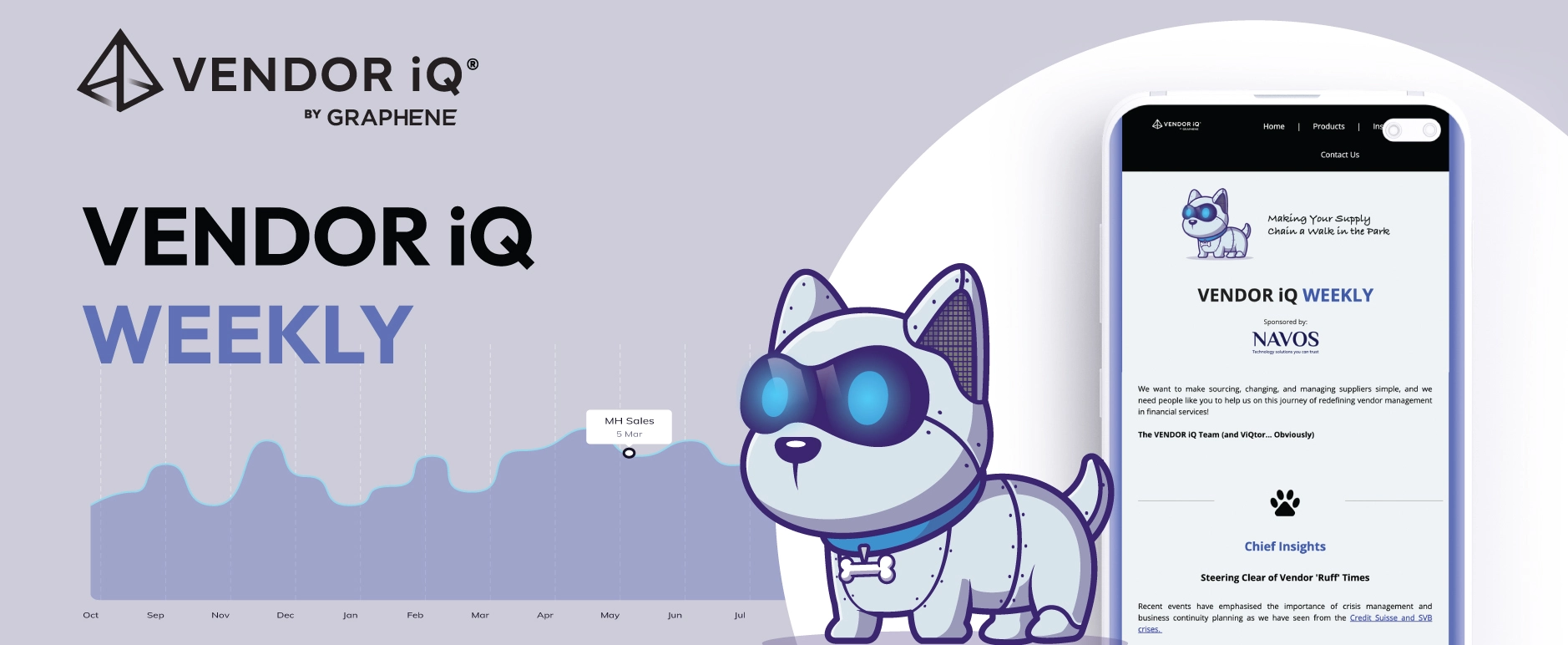As the financial sector increasingly integrates digital technology into its core operations, it faces a growing threat from cyber incidents. This reliance has significantly enhanced operational efficiencies but has also exposed institutions to heightened cyber risks, which have serious implications for the stability of the financial system. As detailed in Chapter 3 of the April 2024 Global Financial Stability Report by the International Monetary Fund (IMF), these developments underscore the urgent need for robust cybersecurity measures and proactive risk management strategies.
Escalation of Cyber Threats
Since 2004, financial institutions have been frequent targets of cyber incidents, with the threat landscape becoming increasingly perilous since the onset of the COVID-19 pandemic. Over 20,000 cyber incidents have been reported by financial firms between 2004 and 2023. These incidents have not only disrupted operations but have also led to substantial financial losses, with almost $12 billion in direct losses reported since 2004, and a significant $2.5 billion of that total occurring since 2020 alone.
Cyber incidents pose a critical operational risk that could severely undermine the resilience of financial institutions and negatively impact the broader financial system. These risks are heightened by the rapid pace of digital transformation and technological innovations, such as artificial intelligence, along with increasing global geopolitical tensions. Although cyber incidents have not yet caused systemic crises, the evolving nature of cyber threats heightens the potential for widespread disruptions.
Increasing Dependence on Third-Party IT Providers
Adoption of Common Solutions: Many financial institutions adopt common software solutions, hardware components, and migrate to a select group of global cloud or critical service providers. This widespread adoption enhances operational efficiency and can improve system reliability through standardised technologies that are widely supported and maintained.
Overlap and Dependency: The report highlights significant overlap in service providers, with more than 50% of IT providers serving two or more global systemically important banks. This implies that many critical financial institutions depend on the same third-party providers for essential services.
.
Risks of Shared IT Service Providers
Common Shocks: Because many institutions rely on the same service providers, a problem at one of these providers, such as a cyberattack or technical failure, could affect all of its clients simultaneously. This scenario is referred to as a “common shock,” where a single event triggers a chain reaction across multiple entities.
Disruption of Critical Services: If a key IT provider faces a disruption, it can impair critical services across the financial sector, from payment processing to risk management systems, potentially leading to widespread operational disruptions.
Systemic Risk: The interconnectedness facilitated by shared IT providers can lead to systemic risks. A failure in one part of the system can quickly spread through the network, amplifying the impact of any single event.
Spillovers to Other Sectors: The dependencies are not limited to financial firms alone; IT providers also serve other sectors. A cyber incident in one sector can spill over to financial institutions through shared service providers, magnifying the scope and scale of potential disruptions.
Mitigating Systemic Cyber Risks
To address these vulnerabilities, financial institutions, along with regulators, must take proactive steps:
Enhanced Cybersecurity Measures: Institutions need robust cybersecurity protocols to defend against and mitigate the impacts of cyber incidents. This includes regular security audits, real-time threat monitoring, and advanced threat detection systems.
Diversification of Service Providers: Reducing reliance on a single or limited number of IT providers can mitigate the risk of common shocks. Financial institutions should consider engaging multiple providers or developing in-house capabilities for critical functions.
Regulatory Oversight and Industry Collaboration: Regulators should enforce stringent cybersecurity standards and ensure that financial institutions have adequate incident response and recovery plans. Collaboration across the sector to share threat intelligence and best practices is also crucial.
Stress Testing and Scenario Analysis: Regular stress tests and scenario analyses can help institutions and regulators understand potential vulnerabilities and prepare for complex cyber threat scenarios.
The financial sector’s increasing reliance on third-party IT providers presents significant challenges in managing systemic risks. While these services offer numerous benefits, the associated cyber risks require proactive management strategies to protect the sector’s stability. Through a combination of enhanced cybersecurity measures, regulatory oversight, and sector-wide collaboration, the financial industry can strive to mitigate these risks and secure its operations against the evolving threat landscape.
VENDOR iQ remains committed to partnering with financial institutions to navigate these challenges, ensuring a secure and stable financial future.





